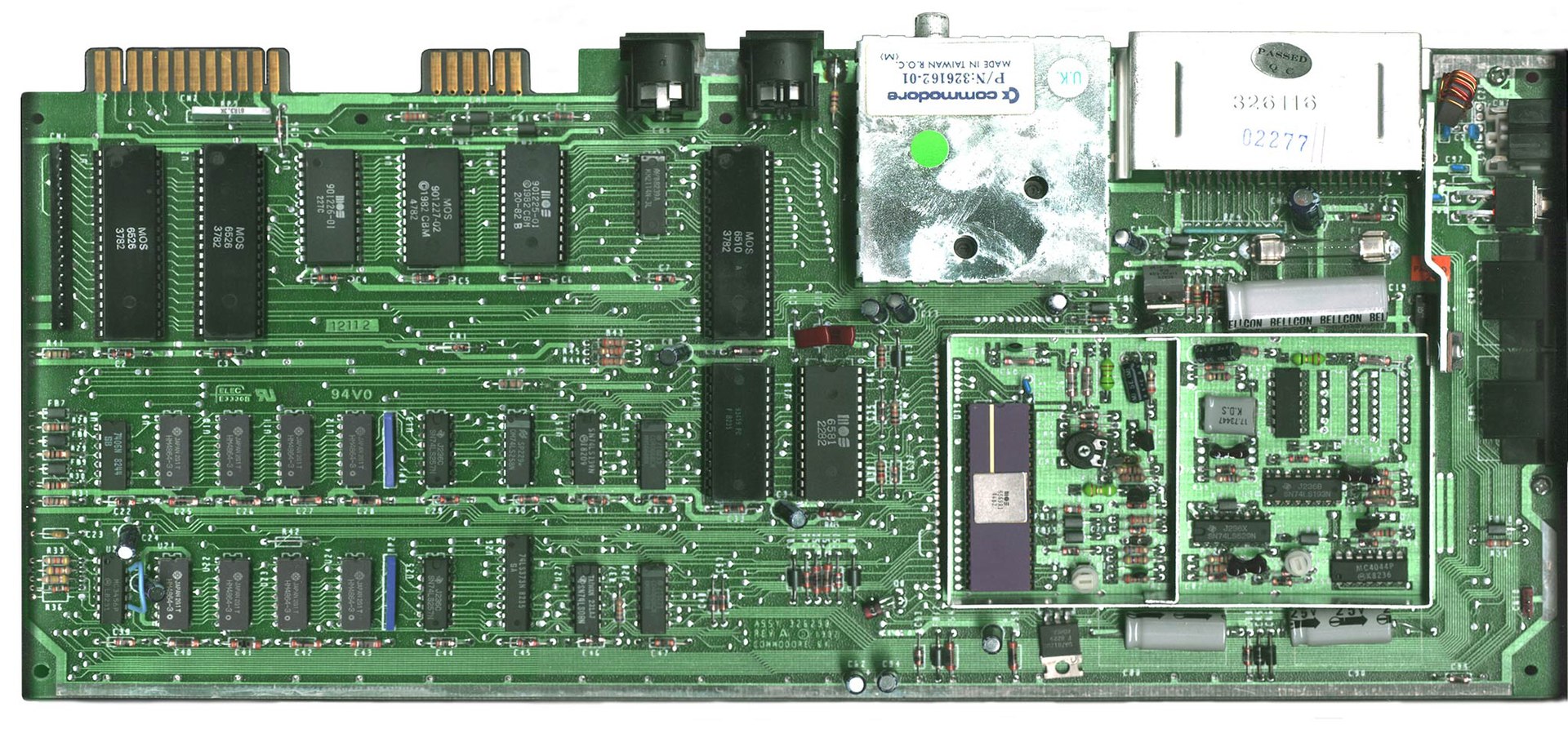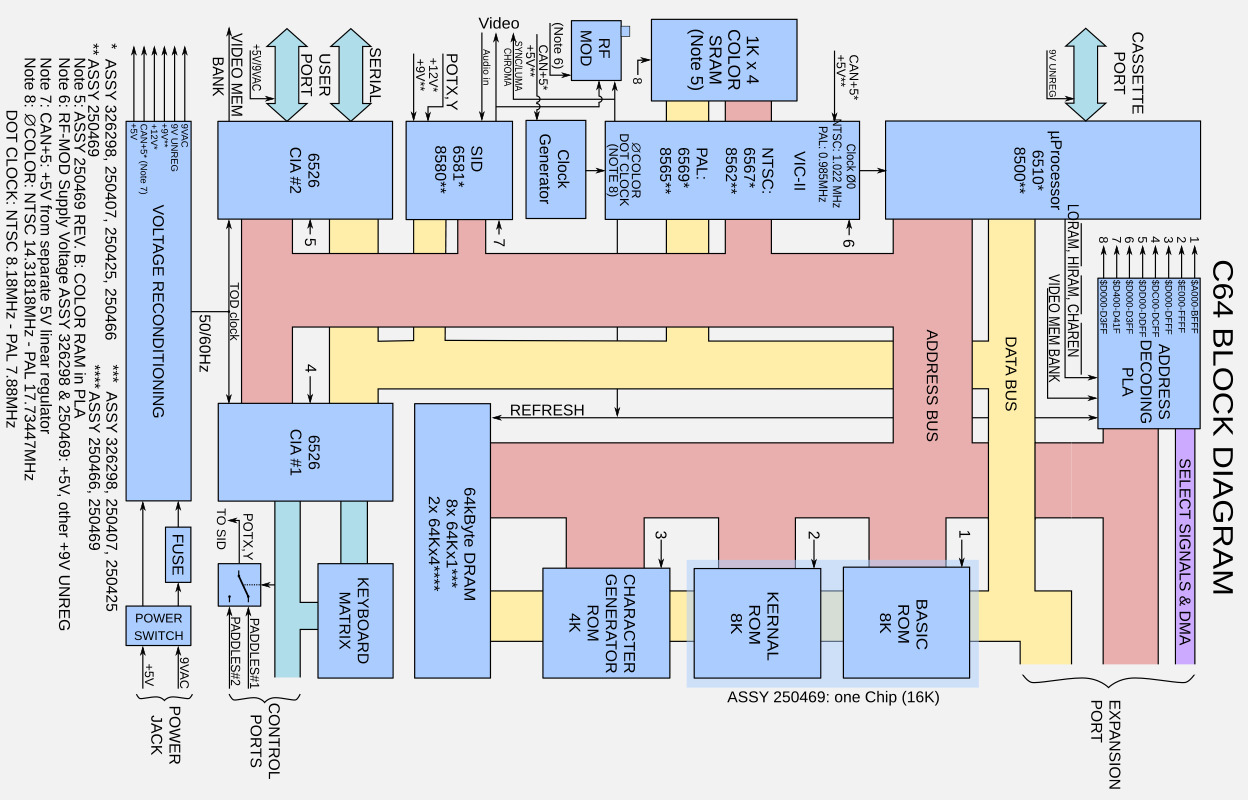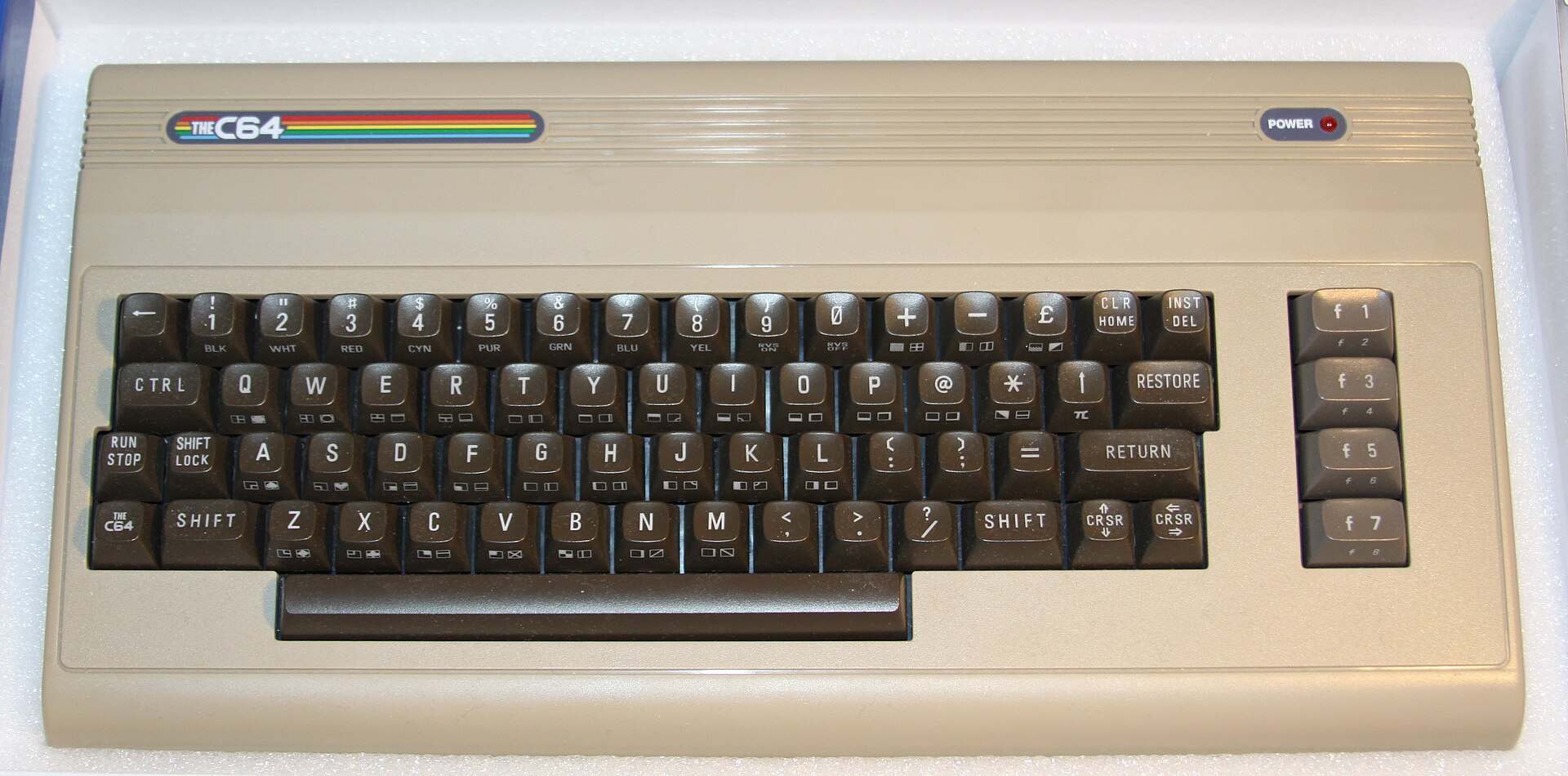The Commodore 64 is not just a piece of hardware from the past; it is a symbol of an era, a door that opened a world of possibilities for millions of people. Released in 1982, it was the best-selling home computer of all time, yet for many of us, the C64 was much more than just a technological object: it was a companion in adventures, a friend in moments of solitude, a window into fantastic worlds, and for some, a first real experience of connecting with the digital world.
The Magic of the C64: Technology at Your Fingertips
When the C64 arrived in homes, it was not just a computer. It was the vehicle that allowed us to explore new worlds, through games that seemed to promise emotions impossible to experience in reality. Its 16 colors and the powerful SID chip for audio made the C64 an extraordinary machine for the time, capable of bringing the experience of an arcade video game home, but also of stimulating our creativity through programming.
But the C64 was not just an entertainment device. For many, it was the first approach to the world of programming. That basic language, with its lines of code appearing on the screen like a spell, represented the first step into the world of informatics. BASIC was its beating heart, and with it, we had fun creating programs, games, and applications. For many, the C64 was the first laboratory of technological experiments.
A Virtual Friend: Solitude and Creativity
If there is one thing that the C64 gave, it was a sense of shared solitude. Years before the advent of the internet and social media, the Commodore 64 created an intimate connection between the device and the user. There were no modern distractions, and many of us spent hours and hours writing code or immersing ourselves in virtual worlds, without the idea of an audience watching. The C64 taught us that creativity did not need immediate confirmation from others, but that the pleasure of discovery and realization was something unique.
Sometimes, when the noise of the cassette loading mixed with the hope of seeing the "READY" message appear on the black screen, there was that feeling of expectation and hope, typical of someone who had put a lot of time and passion into a project.
The Culture of Gaming: The Magic of Video Games
Every game on the C64 had an impact that went beyond simple entertainment. The Bard's Tale, Maniac Mansion, Elite, Pitstop II... each of these games was not just a pastime, but an experience that totally involved us. And then there were the sounds. The SID chip, with its ability to emit complex music and sound effects, became the soundtrack of our lives. There was a sense of total immersion that today might seem somewhat "rudimentary," but at the time was a technological marvel.
Every blue screen with the command prompt, every byte of code written, every game loaded from a cassette, were not just technical steps, but moments of a shared narrative. The games, with their stories and settings, made us feel part of something that went beyond our daily lives, a universe of possibilities that extended far beyond the screen of our computer.
The C64 Today: A Return to Origins
Today, when we look back, we can think of the C64 as a piece of nostalgia that reminds us of a simpler time, but also as a precursor to our modern digital connection. Although the C64 is now technologically obsolete, its pioneering spirit remains alive. The retro-gaming community has kept its memory alive, and there are still emulations and software developed to relive those experiences.
The C64 is a symbol of how, through passion, curiosity, and creativity, a machine can not only change our way of interacting with technology but also of thinking about the future. Many of us who started with the C64 did not just become computer enthusiasts, but also creators, innovators, and dreamers. Its legacy, in fact, does not lie only in its hardware or the games it gave us, but in what it allowed us to become: a group of people who had the fortune to see the future as it was just forming.
A Bridge Between Past and Future
The Commodore 64 was a catalyst that united technology and passion. For many people, it was the first step into a world we had not yet fully understood, but which we knew would have an indelible impact on our lives. Today, looking back, we can say with certainty: the C64 was not just a computer, but a life companion, a machine that forged dreams and contributed to the history of technology, informatics, and popular culture.
Technical Specifications
When the Commodore 64 was launched in 1982, it featured a series of characteristics that made it innovative compared to other home computers of the era. Its technical specifications made it a versatile device, suitable for both gaming and programming.
- Processor: 6510 MOS Technology at 1.02 MHz (able to execute up to 0.98 MIPS).
- Memory: 64 KB of RAM, which represented an incredible capacity for a home computer of the era.
- Graphics: VIC-II chip, which supported a resolution of 320x200 pixels and 16 colors, with the ability to display 8 sprites simultaneously.
- Audio: The SID chip (Sound Interface Device) with 3 voices, which revolutionized audio in games, making the C64 famous for its ability to create complex digital music and sound effects.
- Storage: Loading via audio cassettes (datassette) and 5.25" floppy disks (the Commodore 1541), a solution that guaranteed greater speed compared to the cassette, but which became famous for being subject to frequent malfunctions.
The C64 was a true multitasking machine for its time, capable of handling advanced games, educational software, and productivity programs, with a community of developers supporting it.

C64 - motherboard

C64 Block Diagram
Markets and Countries of Distribution
The Commodore 64 had a global distribution that covered all continents. In addition to being the best-selling home computer of all time, it had a huge impact on various markets, such as:
- United States: In the United States, the C64 was a true mass phenomenon. Its distribution was not limited to just technology enthusiasts, but extended to a wide range of American families, who used it for gaming and productivity needs.
- Europe: Commodore had extraordinary success in Europe, especially in the United Kingdom, Germany, Italy, and the Netherlands, where the computer was sold with a wide range of games and educational software. In Italy, for example, the C64 was very popular, also thanks to a strong distribution and support network from Italian developers.
- Latin America: In countries like Brazil and Argentina, the C64 achieved good success. Commodore adapted some models to regional specifications to meet local needs, including changes in languages and power formats.
- Japan: Although the Japanese market was dominated by other platforms, such as Nintendo's Famicom, the C64 had a limited presence. Commodore attempted to enter this market but failed to achieve the popularity it had in other regions.
- Australia and New Zealand: In Oceania, the C64 was sold effectively, becoming one of the preferred home computers in many local markets. Its ease of use and competitive price made it an accessible and popular option.
- Other Markets: The C64 was also present in countries in the Middle East and Africa, with limited but significant distribution.
Home and Professional Use
The C64 found multiple uses, not just as a gaming console, but also as a work tool:
- Home Gaming Use: Video gaming was one of the main areas in which the C64 shone. Its graphical and audio power made it an ideal machine for games of all kinds. Many families owned a C64 to play titles ranging from platformers to shooters to adventure games.
- Administration and Professional: The C64 was not just for gaming. Commodore managed to create a market for offices and small businesses, thanks to the availability of productivity software such as word processors, spreadsheets, and databases. Programs like GEOS allowed users to use the C64 as a full-fledged workstation.
- Education: In the 1980s, many schools began using the C64 as an educational tool, thanks to the ease of programming and the accessibility of the system. Educational applications ranged from mathematics to language, from art to science, offering interactive training that stimulated learning.
Most Famous and Iconic Games
One of the aspects that made the history of the C64 was its extraordinary library of games, which included titles that became legendary. Here are some of the most iconic games:
- "The Bard's Tale": A fantasy role-playing game that made history. With a detailed map and an engaging narrative, it is one of the most influential role-playing games of the era.
- "Maniac Mansion": A revolutionary graphic adventure that took advantage of color graphics and an innovative user interface, where the player had to explore a haunted house.
- "Elite": A space simulation game that combined elements of exploration, trade, and combat. It was one of the most innovative games on the C64, setting the standard for the genre.
- "Pitstop II": A racing game that became famous for its split-screen multiplayer, allowing players to challenge each other in exciting car races.
- "Decathlon": A sports game that challenged players to overcome athletic trials, famous for its frenzy and commands that required speed and coordination.
- "Impossible Mission": A platform-adventure that combined action, puzzles, and an intriguing plot. The game was famous for its fluid movement system and the synthesized voice that exclaimed the famous phrase "Stay a while, stay forever."








Leave a Comment